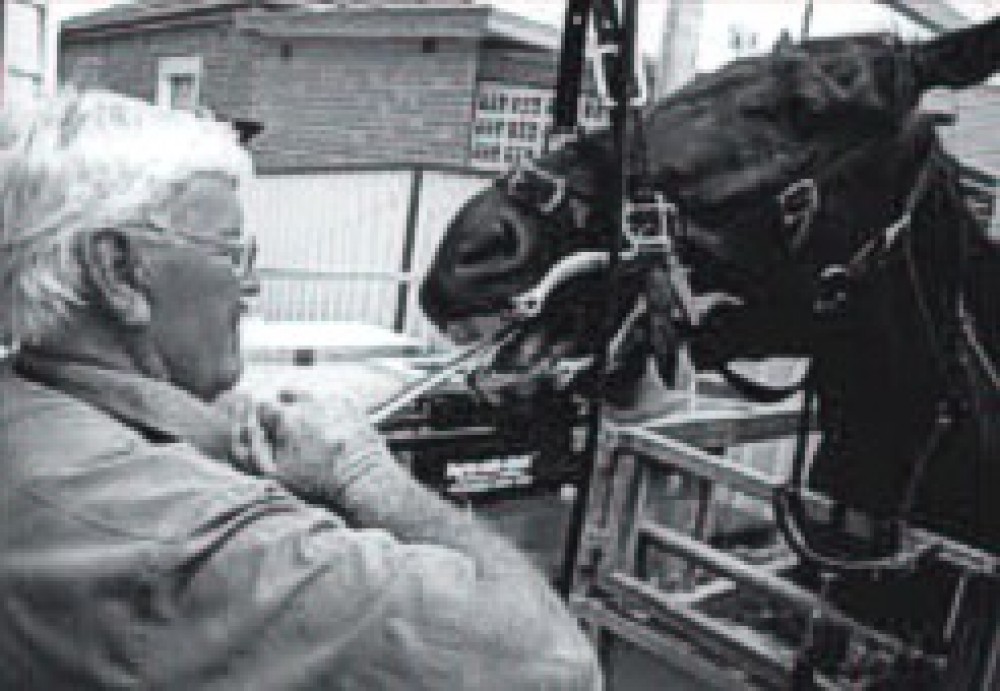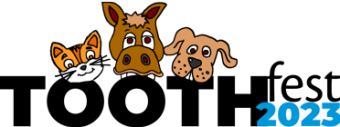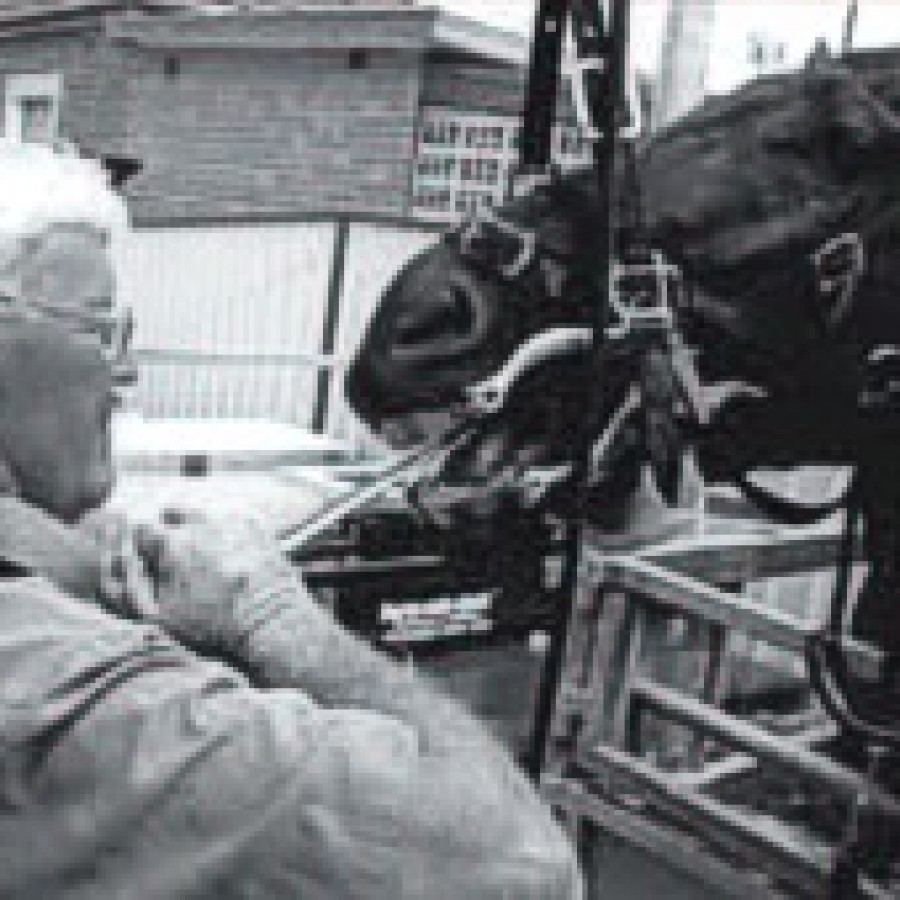
Extraction of abscessed tooth in a sedated horse at a vet clinic

Extraction of abscessed tooth in a sedated horse at a vet clinic
By Dr Oliver Liyou BVSc (Hons) MACVSc
Published in Australian Stock Horse Journal March-April 2004
As with much of the horse's body, the most important age for its mouth is the teething period, where it changes from primary (deciduous or baby) dentition to secondary (permanent or adult) teeth.
Between the age of 2½ and 4½ years of age, the horse will shed 24 baby teeth — both premolars (cheek) and incisor (front) teeth. These teeth are replaced by adult teeth.
The first teeth to change will be the central incisors — both upper and lower. Several months later the second premolars (1st cheek teeth) — upper and lower are shed. The secondary premolars will erupt between 2½ and 4 years of age — during which time the horse may experience discomfort and pain — both when eating and when ridden. The baby teeth, by this time, have been worn away and remain on top of the erupting adult teeth as a thin shell like structure — commonly called a "cap".
Over the years, we have experienced many cases where only a portion of these caps will come away, leaving a retained portion behind. This wedged piece of dead tooth will trap food, and cause inflammation and infection to the underlying gums (gingivitis and periodontal disease). Periodontal disease has been reported to occur in 40% of horses between 2 and 5 years of age. Luckily most of this is reversible when the retained caps are removed. If not Contentremoved or dislodged, they continue to cause discomfort to the horse — leading to erratic behaviour.
The case below was a 2½ year old who was returned to the owner from the breaker — labelled a "mad horse". The owner would not accept the label, as the horse was very gentle when handled on the ground. Upon examination of the mouth, the problem was readily identifiable and corrected , through extracting the retained incisor caps. They had been causing full mucosal ulcerations of the sensitive lip area.
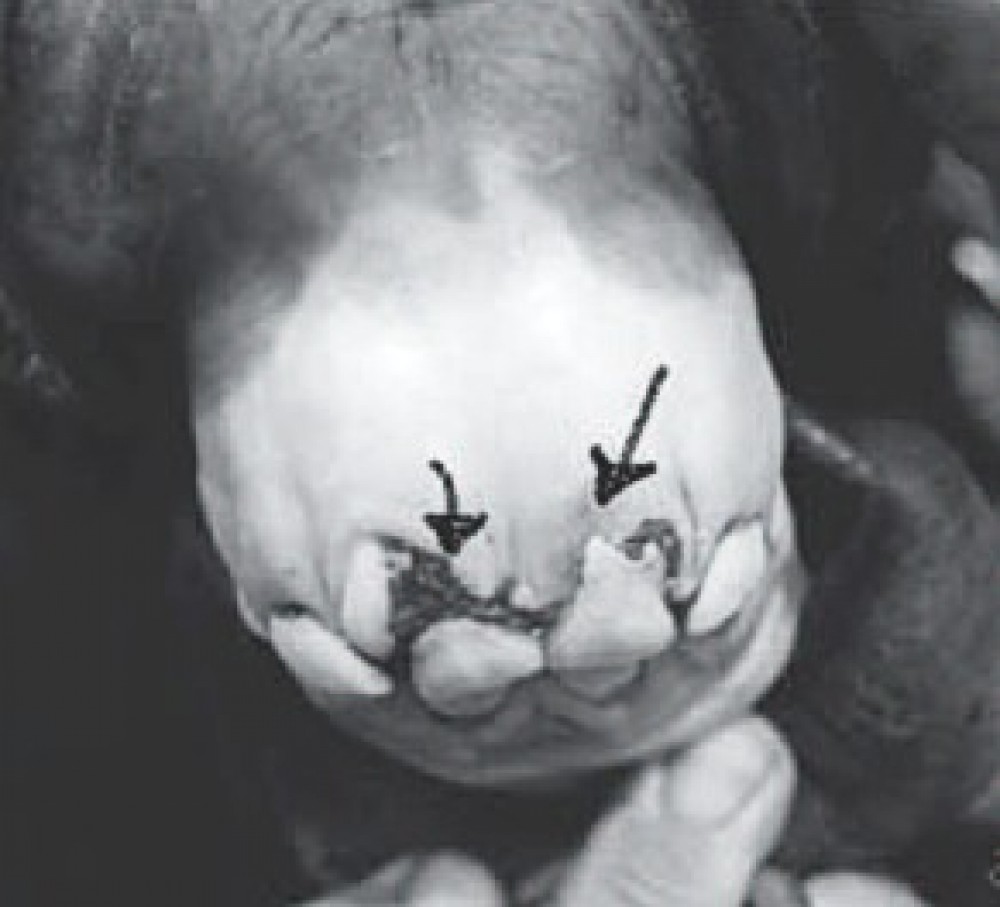
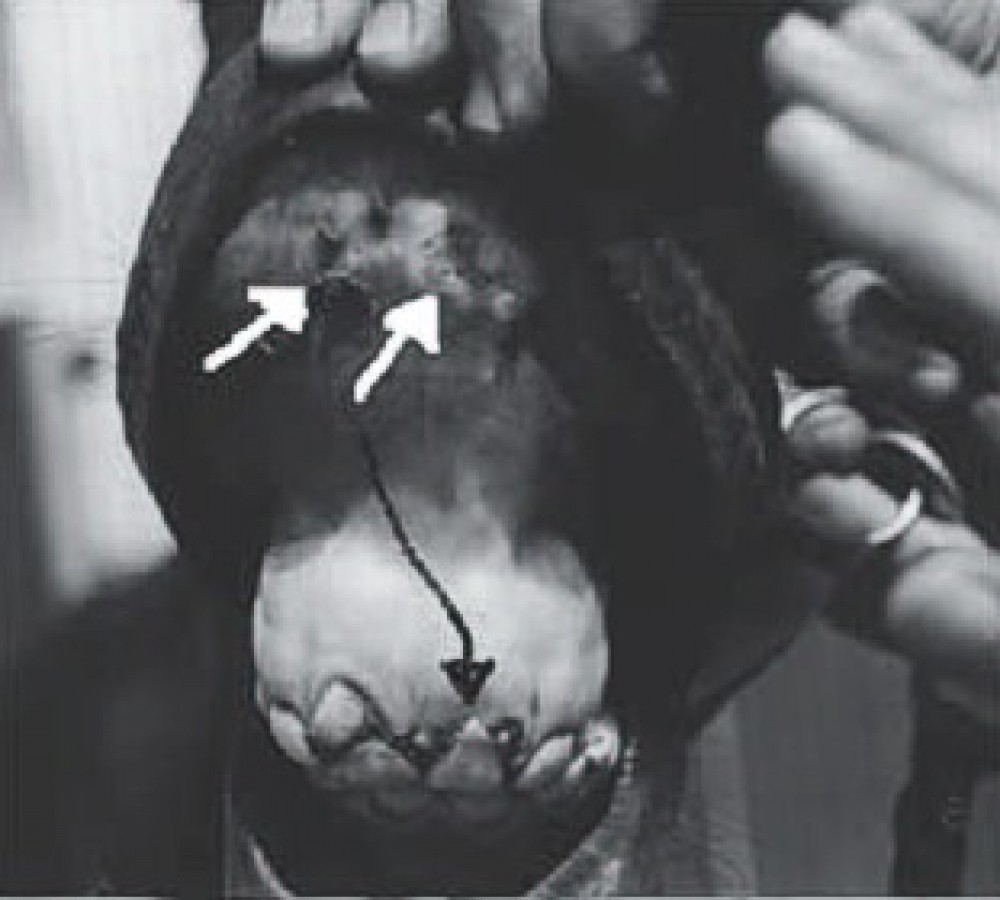
Above: Retained incisors causing cuts to lip mucosa
The cheek teeth premolars are particularly predisposed to retaining cap fragments. It is essential that a full mouth speculum is used to open the horse's mouth, and identify these by feeling and/or looking.
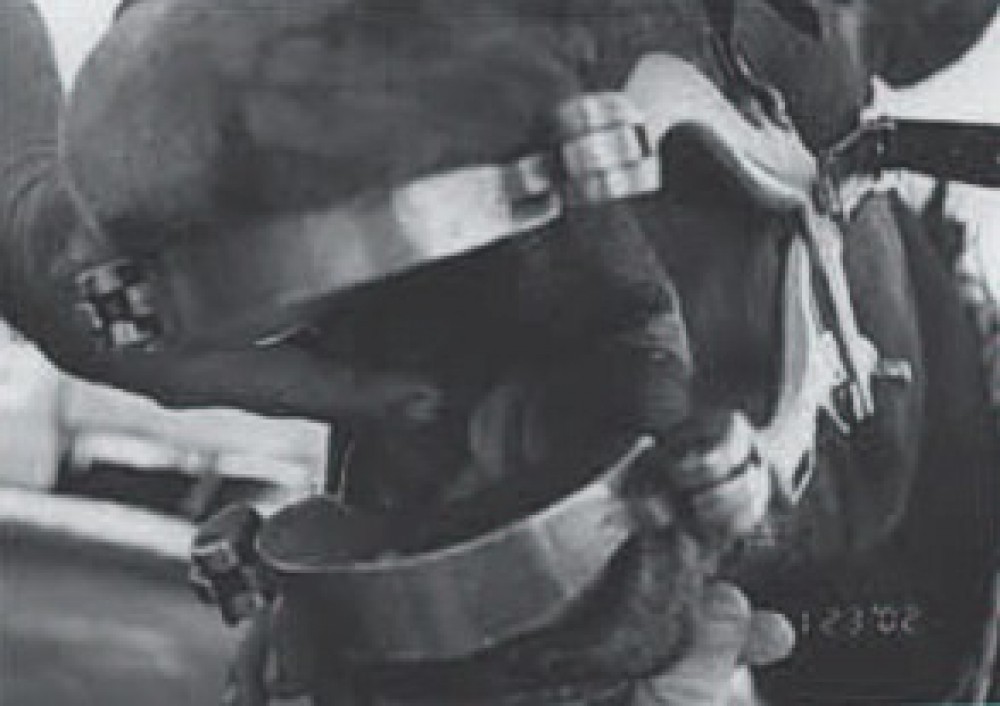
The next case below shows a retained cap fragment wedged in between the first and second upper cheek teeth. The horse was lugging, head tossing and reluctant to move forward. Upon removal of the odorous fragment, the gums healed and the horse became tractable again.
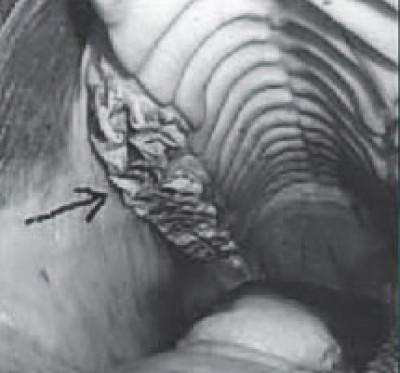

Right: Cap fragment has been removed
As with human dentistry, dental forceps are used for removing teeth, as seen below.
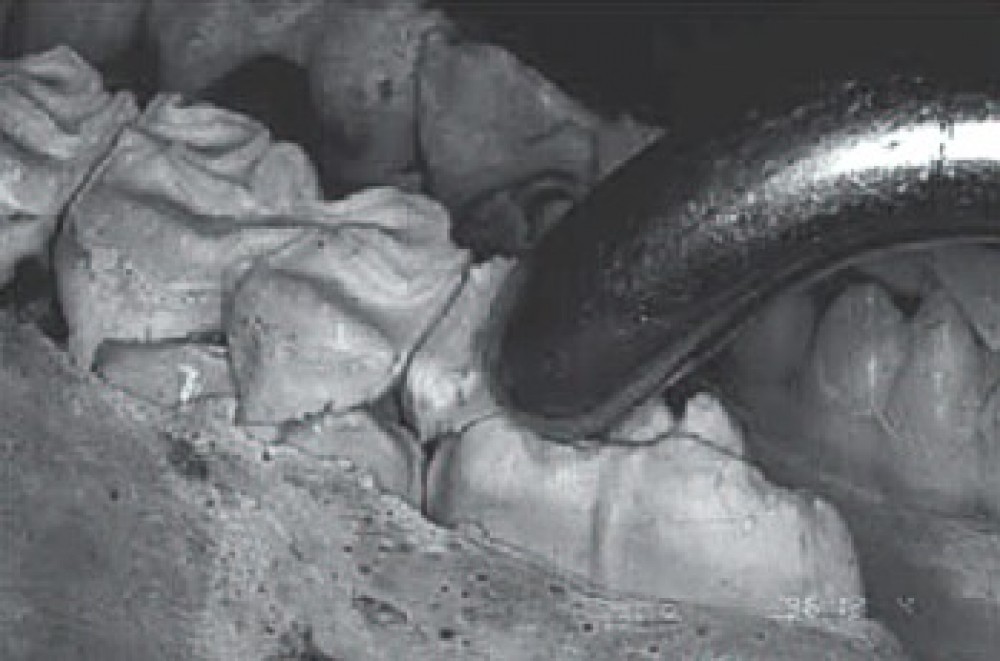
It seems a common thought that all baby teeth (caps) will fall out when the adult tooth erupts up through the gum. Some do so without problems, however many caps need to be removed, when ready, to avoid the previously mentioned problems.
Thus regular checks are essential for 2, 3 and 4 years olds — especially if being prepared for competition. At this age, the horse is learning and pain can easily lead to resistance to training. This can result in bad behaviour such as head tossing, getting the tongue over the bit, lugging, chewing the bit, rearing, bolting and even bucking.
Painful chewing can lead to weight loss, spilling feed, drooling saliva and washing mouth in water bucket when eating.
In 2 to 4 year old horses, the teething changes can be evident from the outside of the mouth in the way of eruption bumps under the lower jaw (mandible). Usually these bumps do not cause any problems.
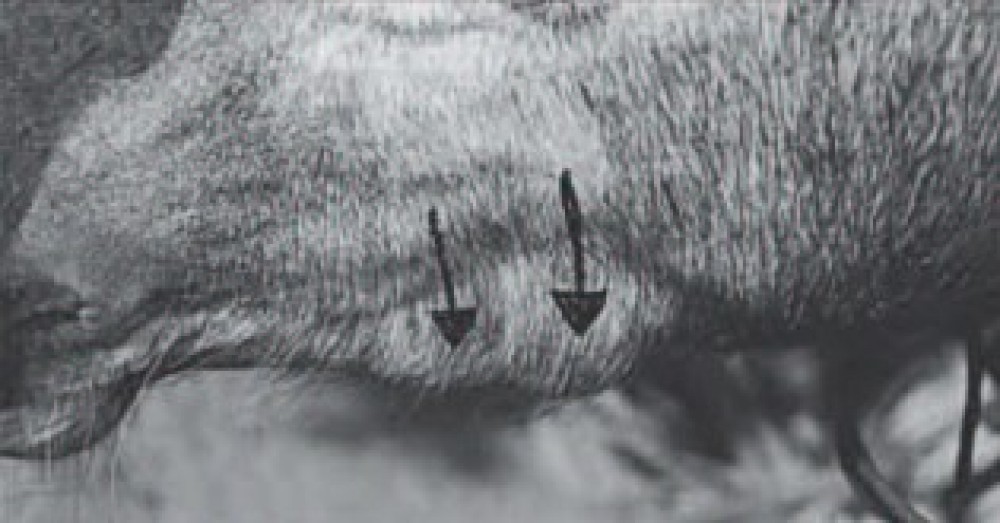
These eruption bumps also occur in the upper jaw (maxilla). However the bump is less obvious as most of the bump is hidden within the nasal passages.
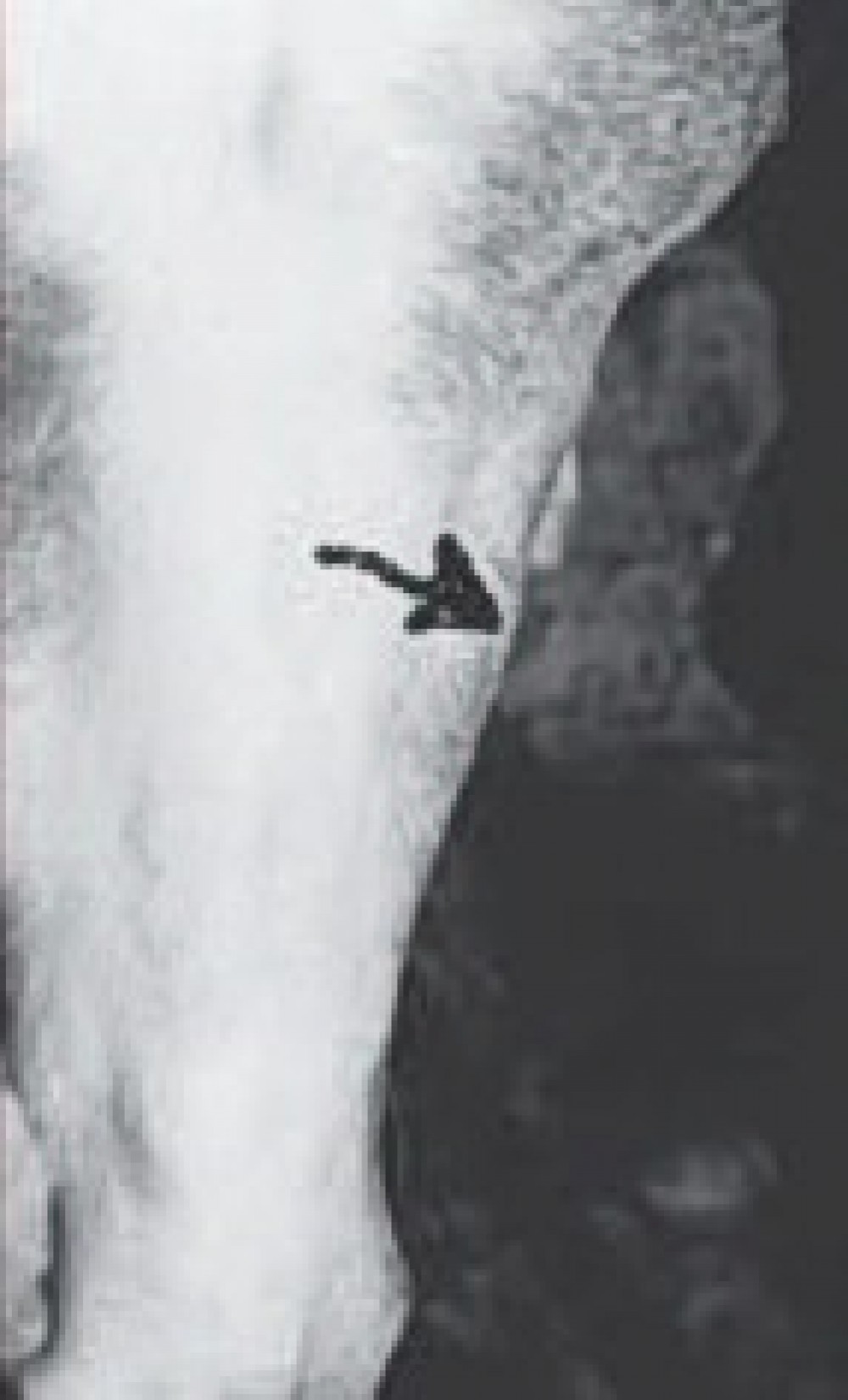
In performance and racehorses, eruption bumps in the maxilla can actually partially occlude the airways, leading to poor performance and poor stamina. Once the adult tooth has erupted comfortably into the mouth, the bumps do disappear over the following 6-12 months. If these bumps ever become hot and painful, professional advice should be sought as a matter of urgency to avoid further complications.
Footnote: Sometimes the diseased tooth can be difficult and painful to remove. In these cases, sedation may be necessary. In all states in Australia, it is highly illegal for anyone other than a registered veterinarian to sedate a horse as part of their services. Only vets are trained and insured in case of any accident (to humans or horse) or adverse reaction to the drugs. Any public liability insurance could become null and void if an accident occurs during an illegal procedure.
